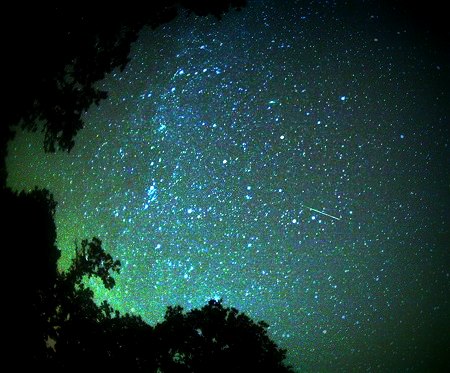We’re keeping you ahead of the curve! Be sure to watch the skies this weekend (especially Sunday night) for meteor showers. To learn more about meteors and for graphics to share with your students, be sure to read the full article on SpacePlace.
 “The meteoroids are usually small, from dust particle to boulder size. They are almost always small enough to quickly burn up in our atmosphere, so there’s little chance any of them will strike Earth’s surface. But there is a good chance that you can see a beautiful shooting star show in the middle of the night!
“The meteoroids are usually small, from dust particle to boulder size. They are almost always small enough to quickly burn up in our atmosphere, so there’s little chance any of them will strike Earth’s surface. But there is a good chance that you can see a beautiful shooting star show in the middle of the night!
Peak viewing times will vary by
a day or two each year. Keep in mind: If the Moon is full or near full, you may not see many meteors. Some years are better than others for numbers of meteors per hour.”
At GISetc.com we curate and bring you the best geography and science resources from the web. We hope our sharing will keep you up to date on the latest science and geospatial news. Click here to read more about this year’s meteor showers and see a schedule for when they will occur.
